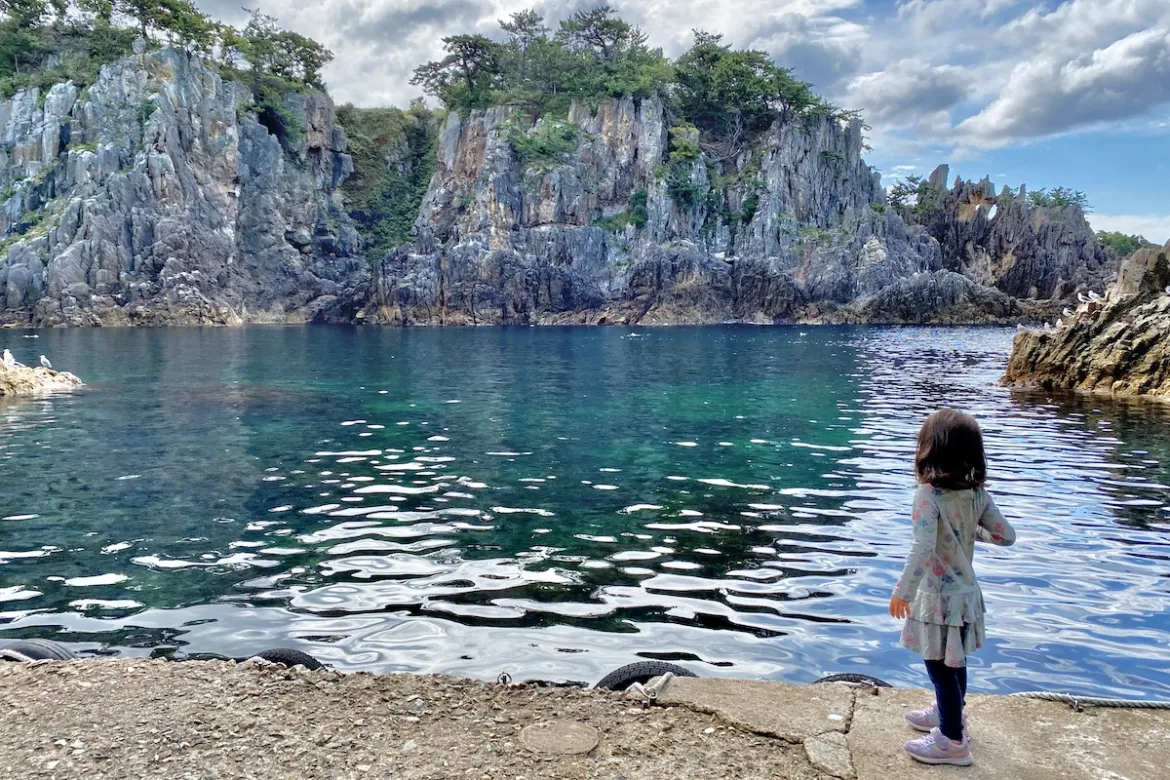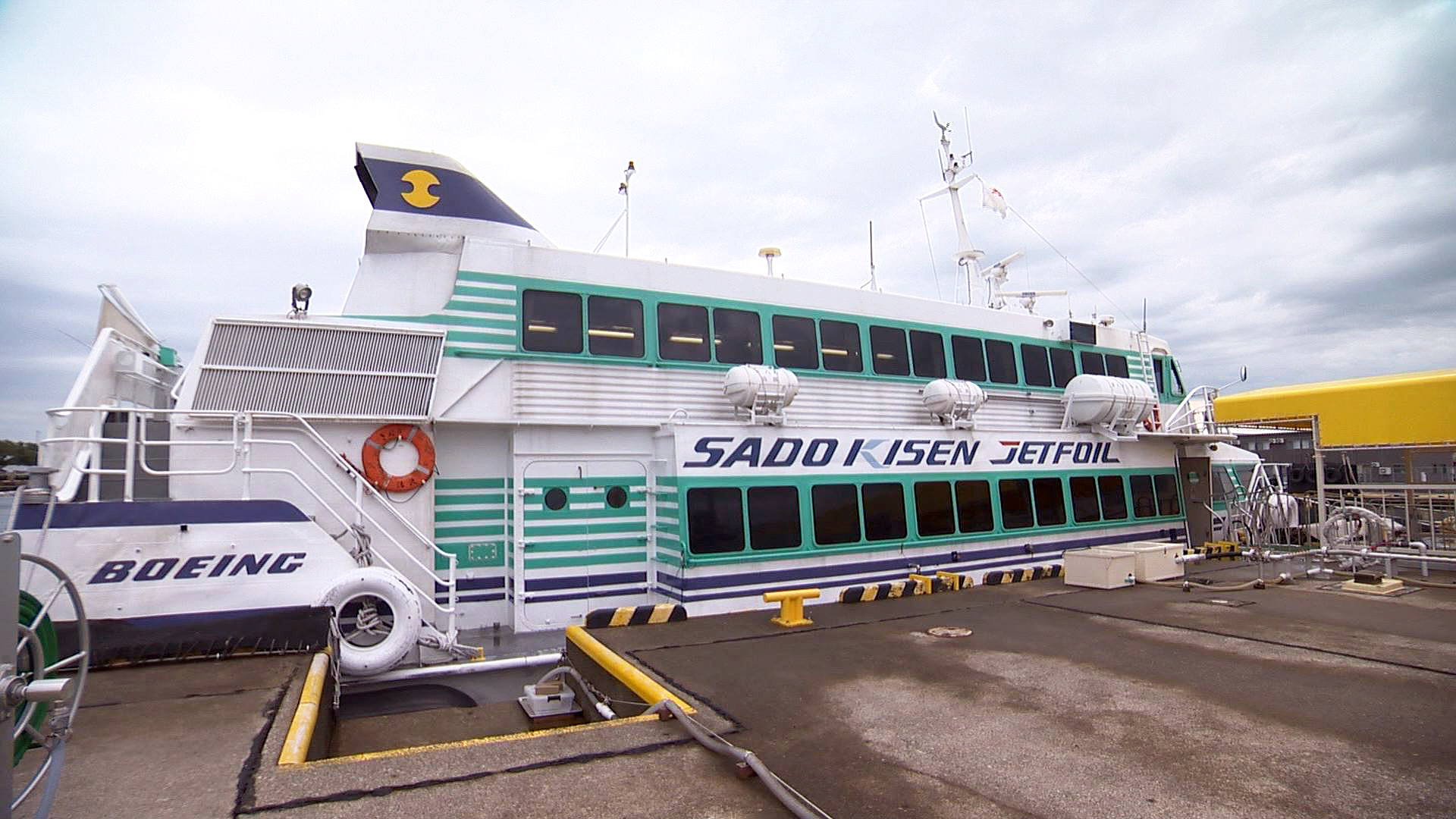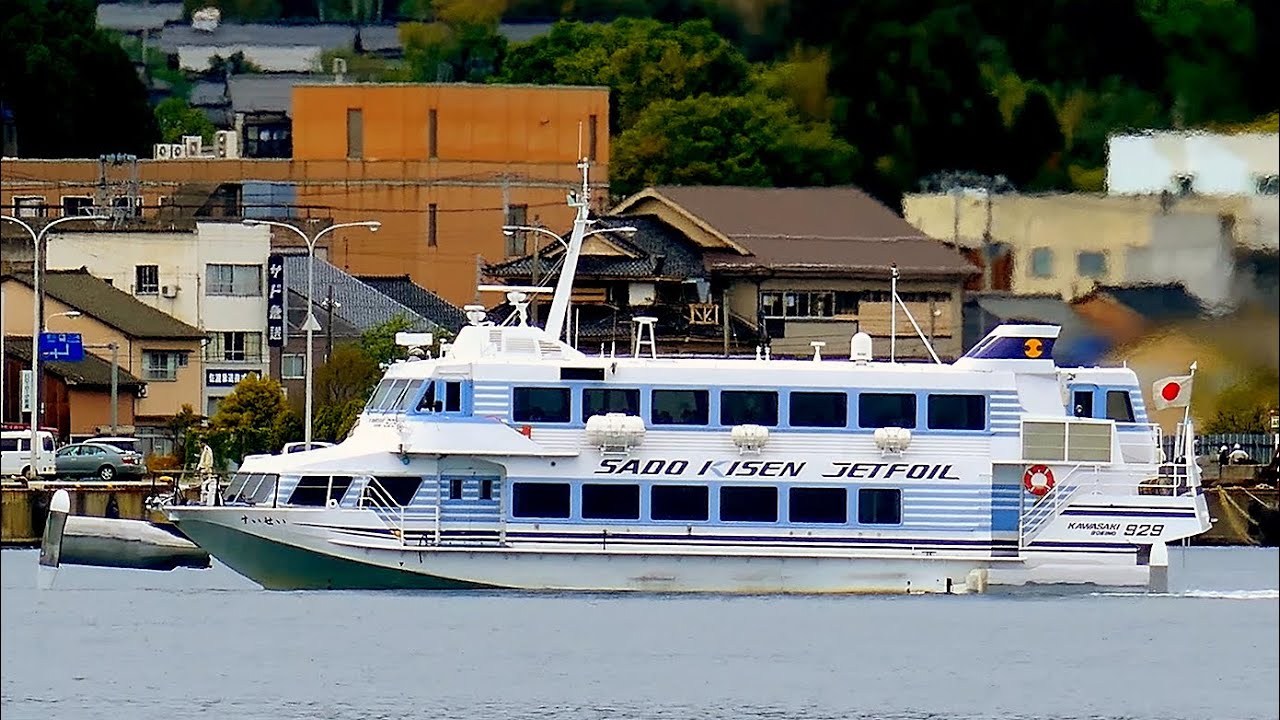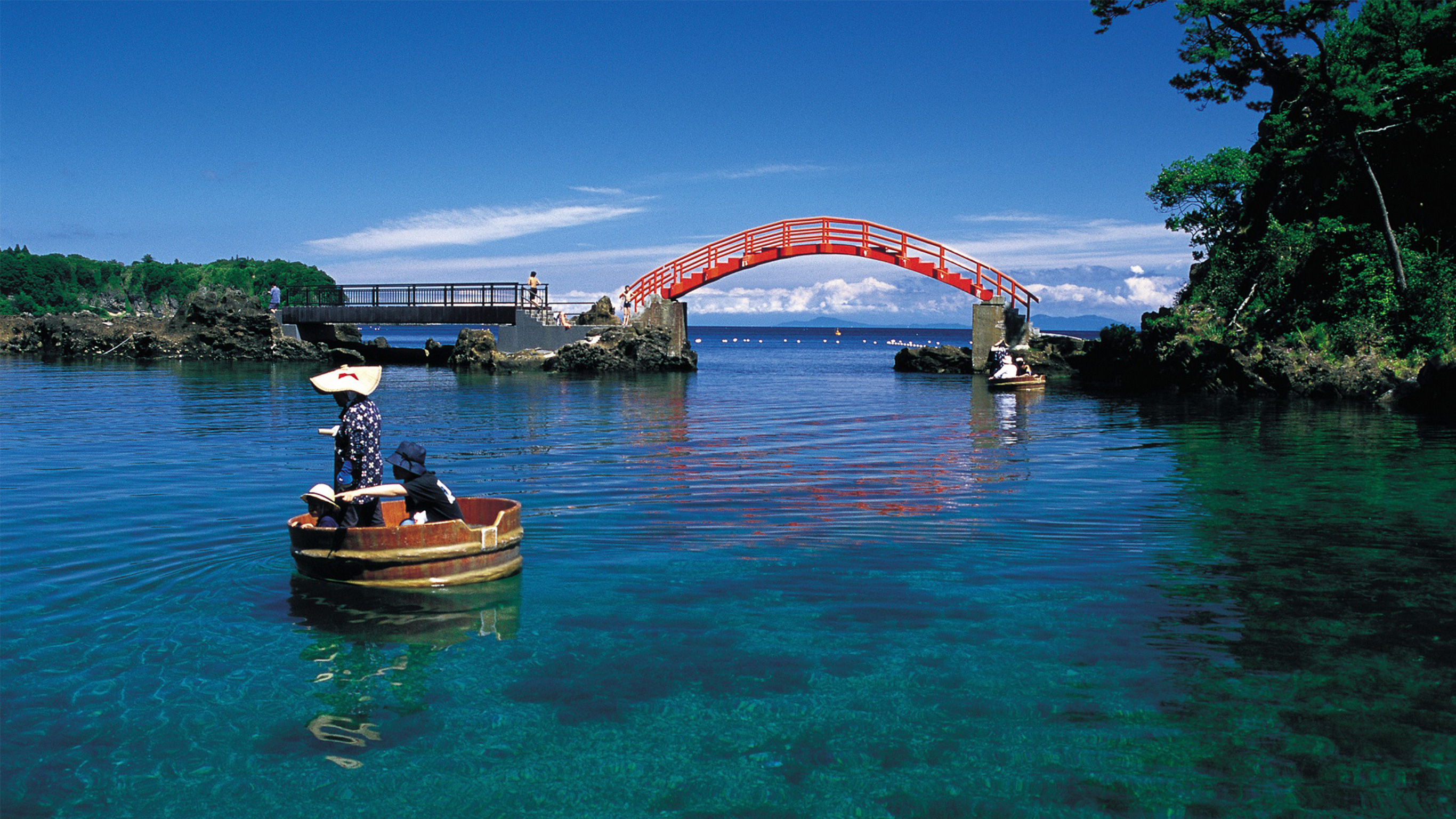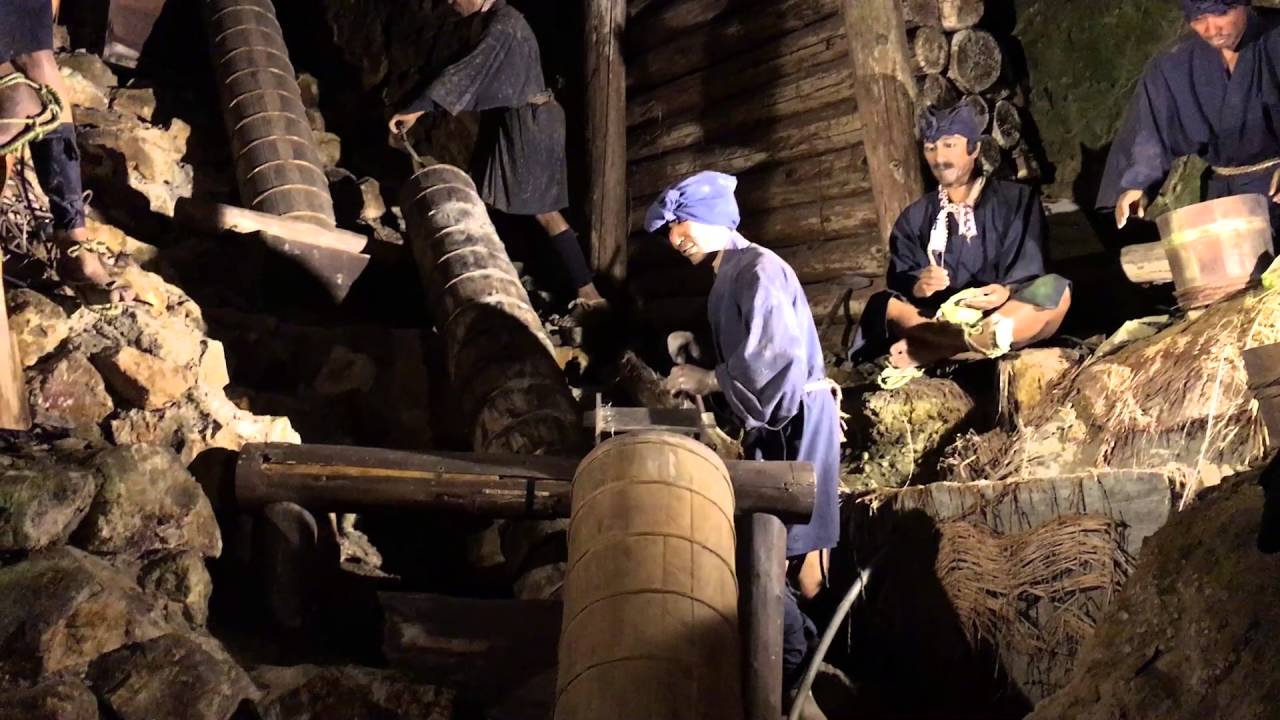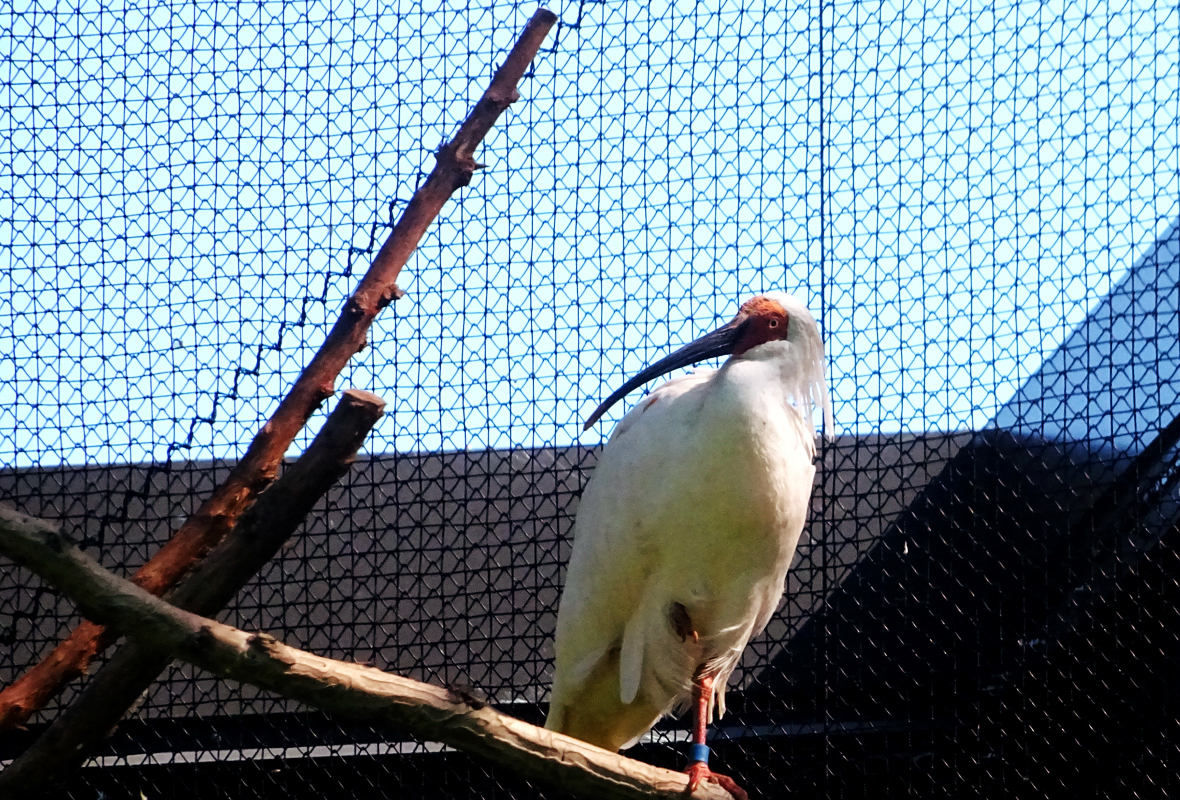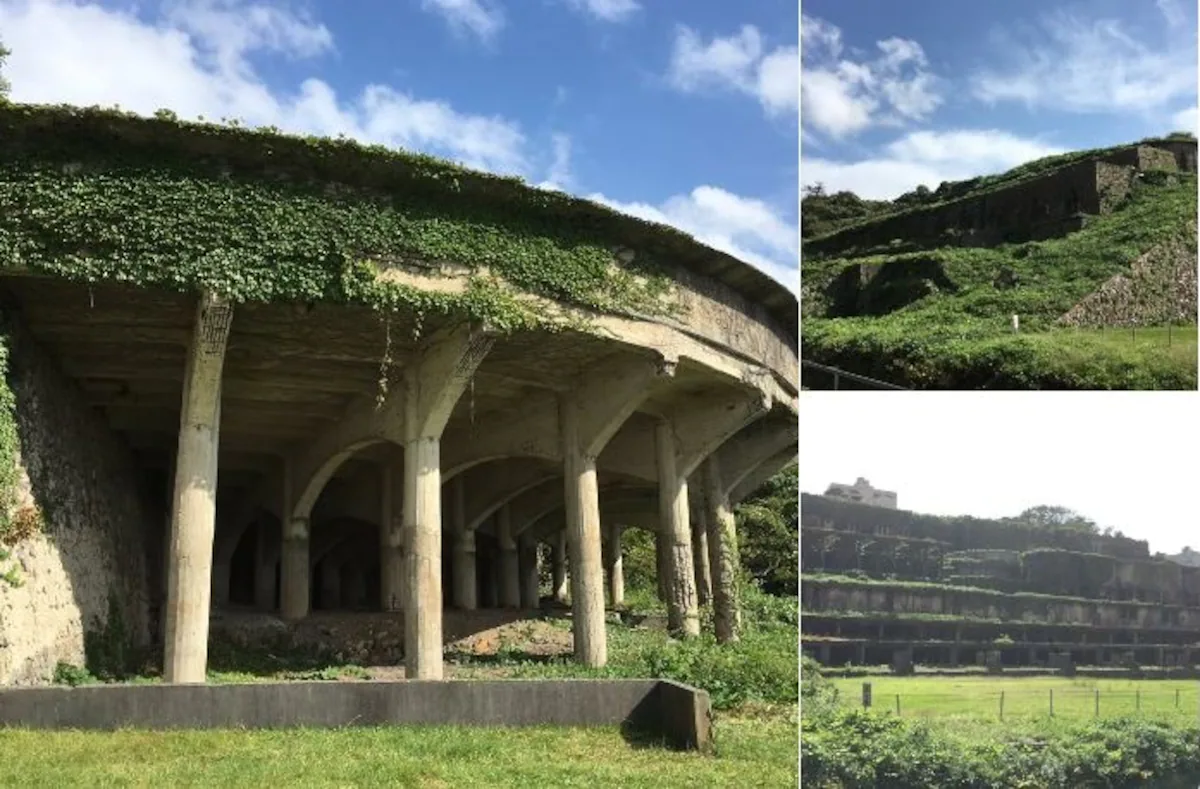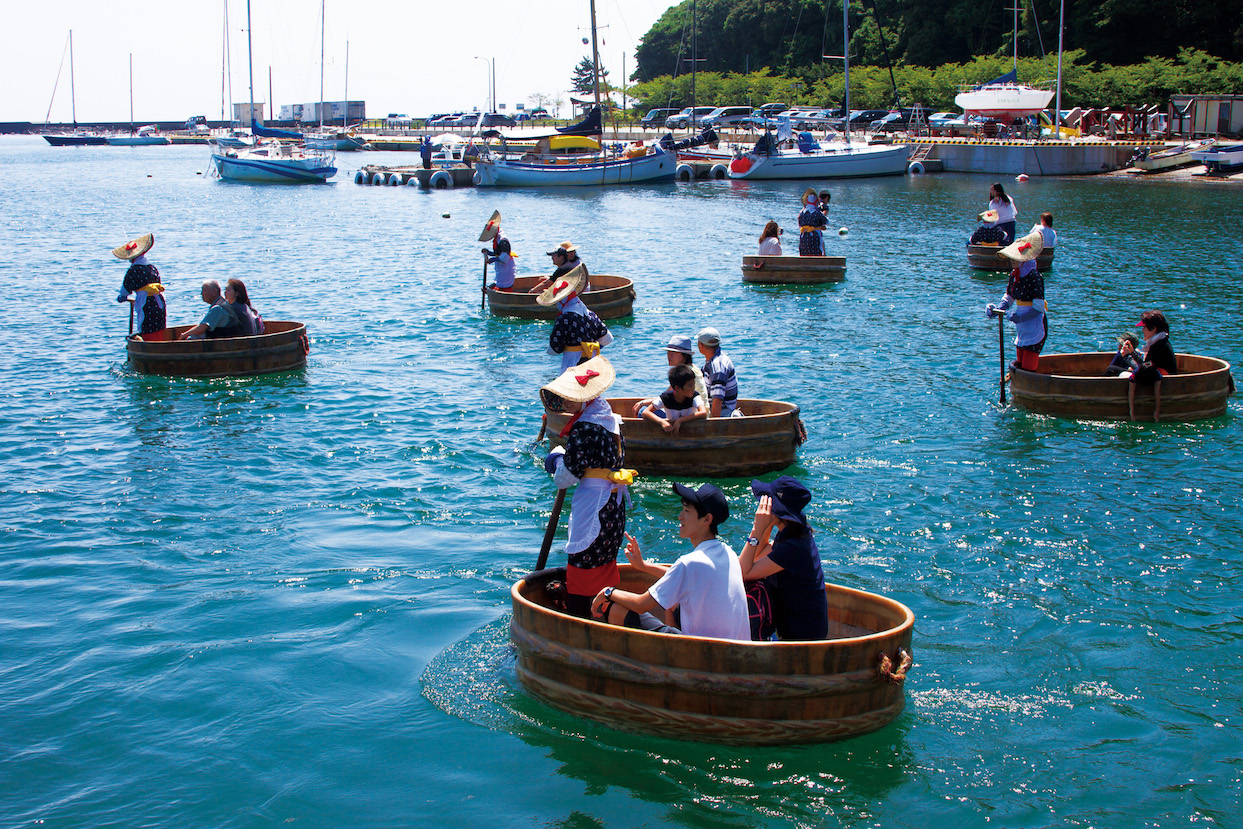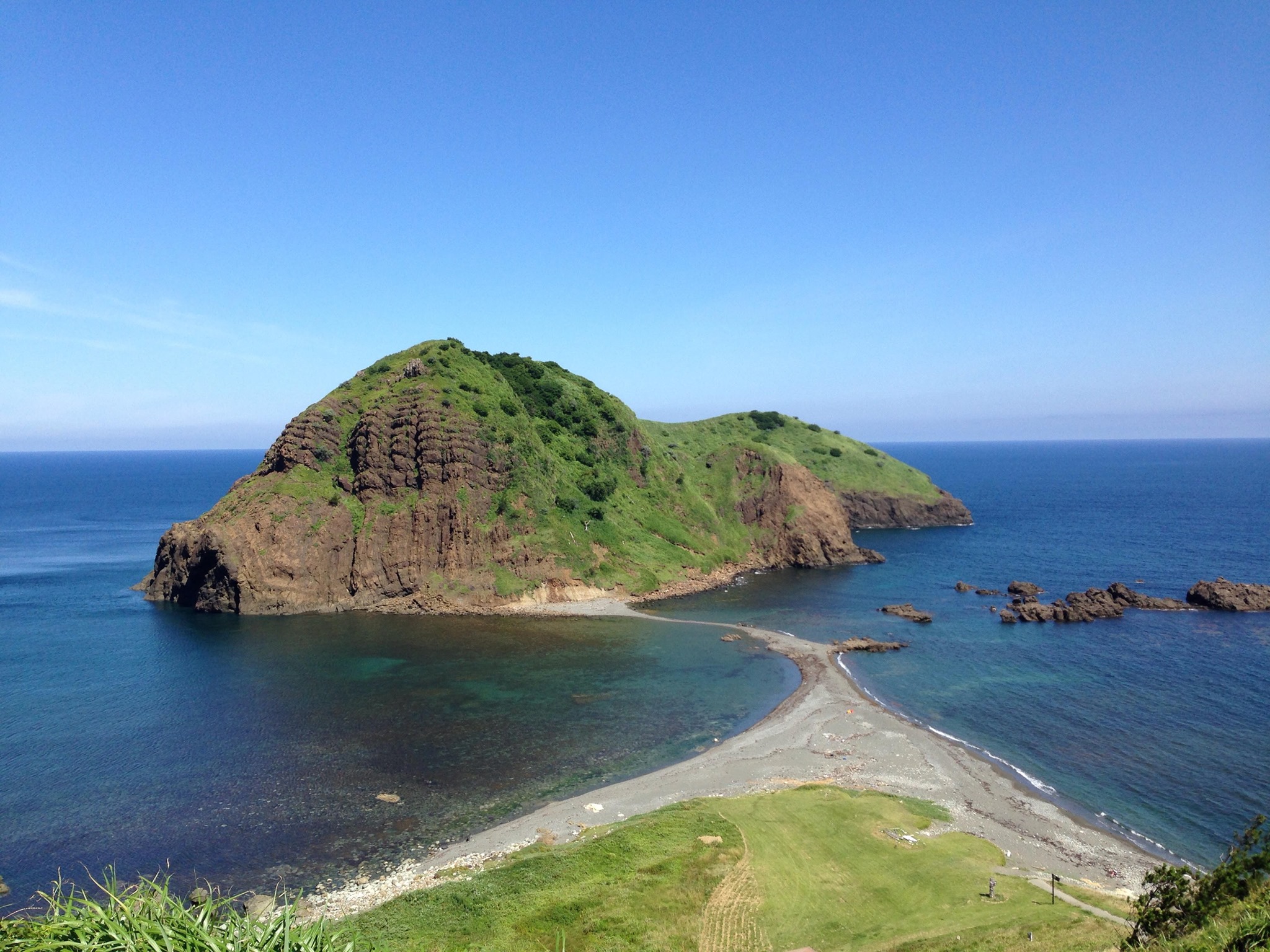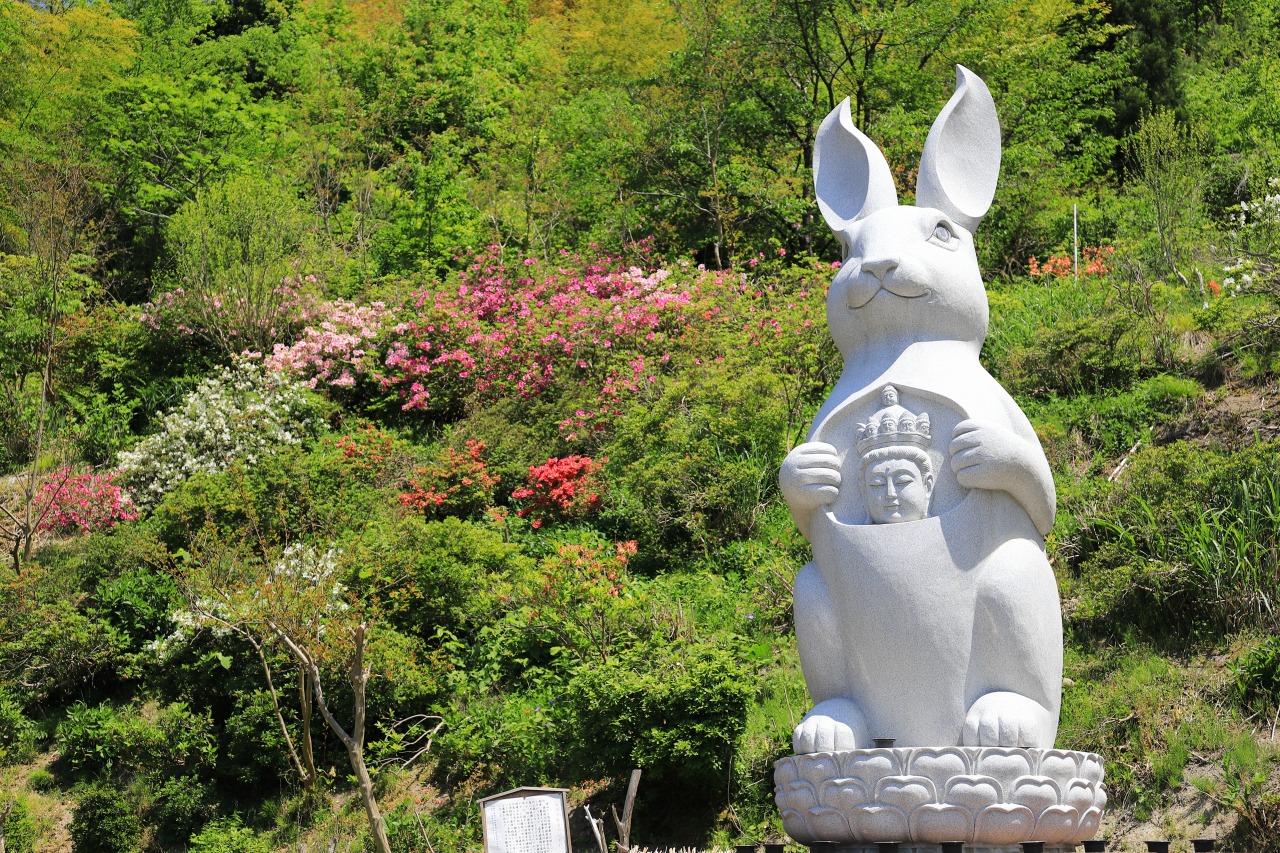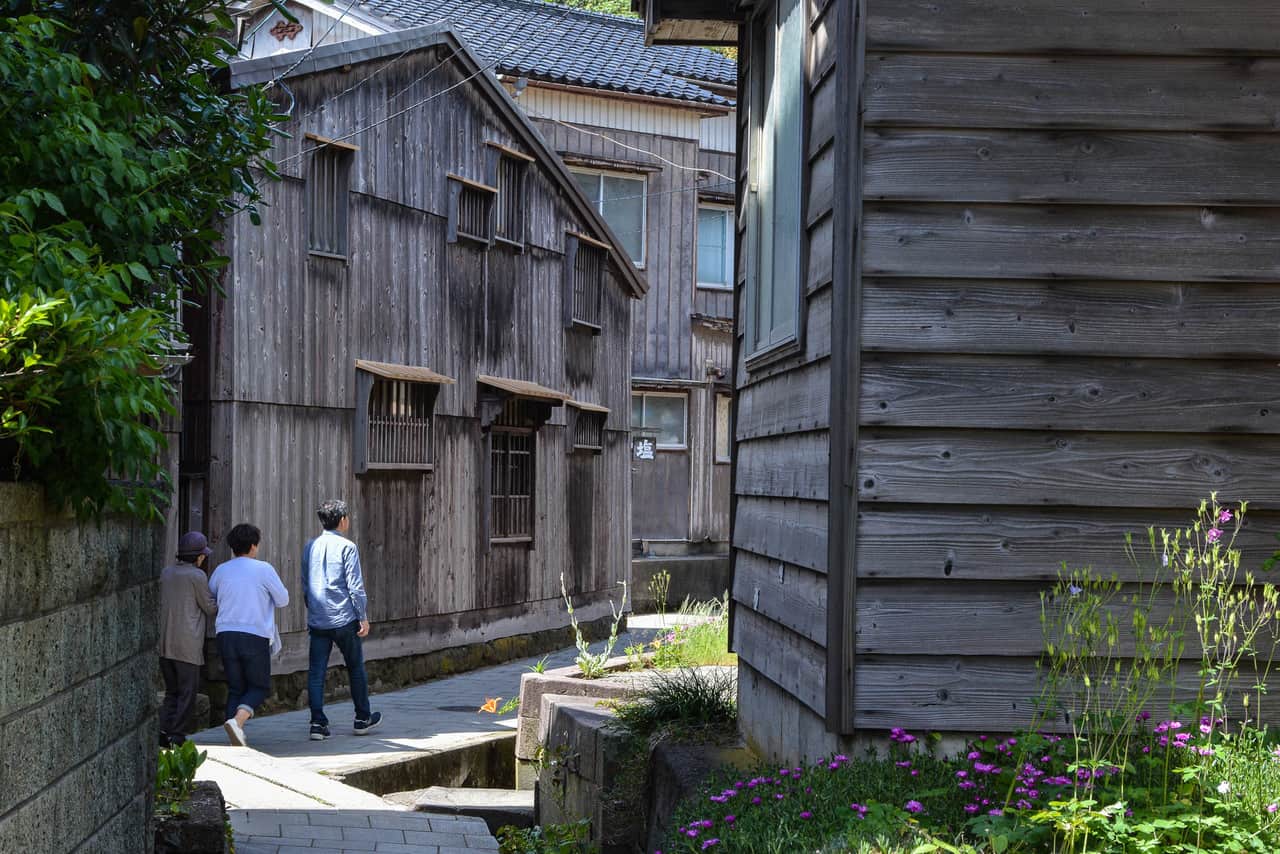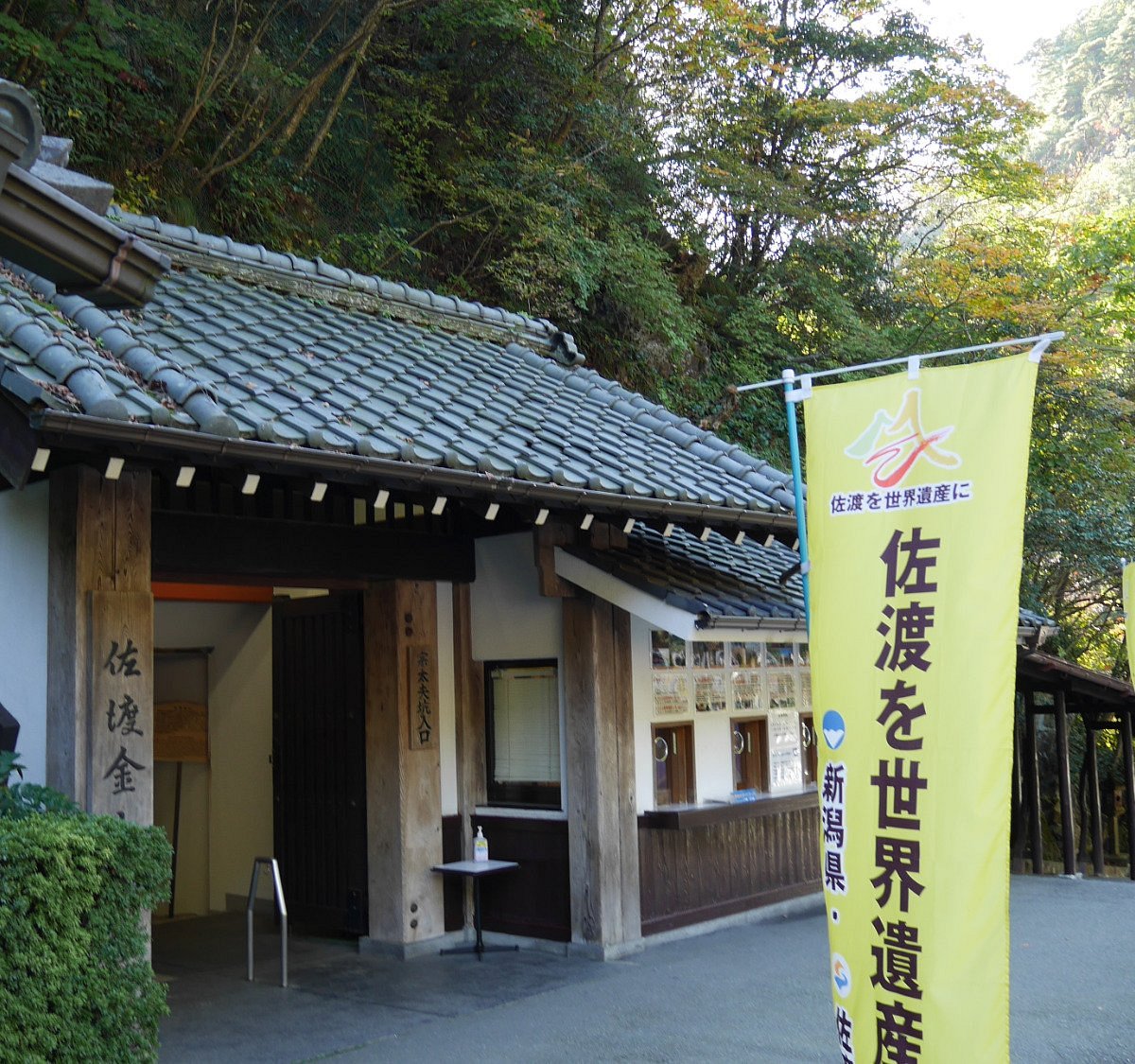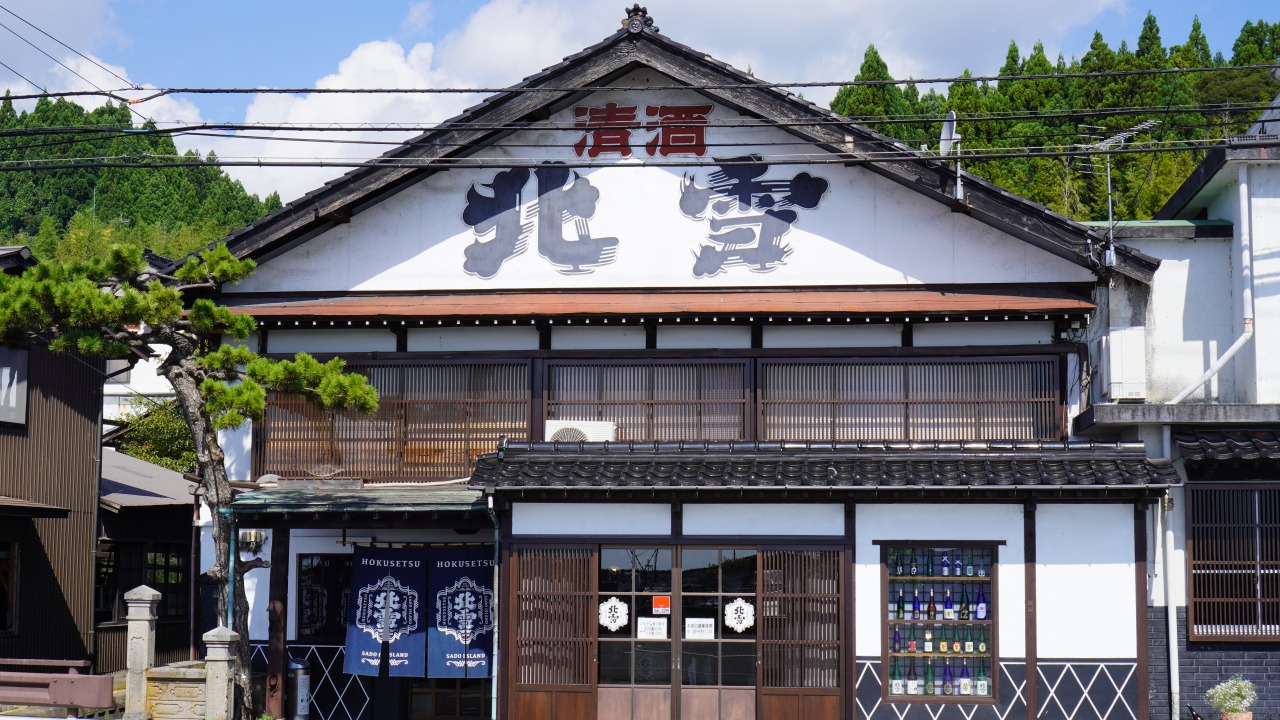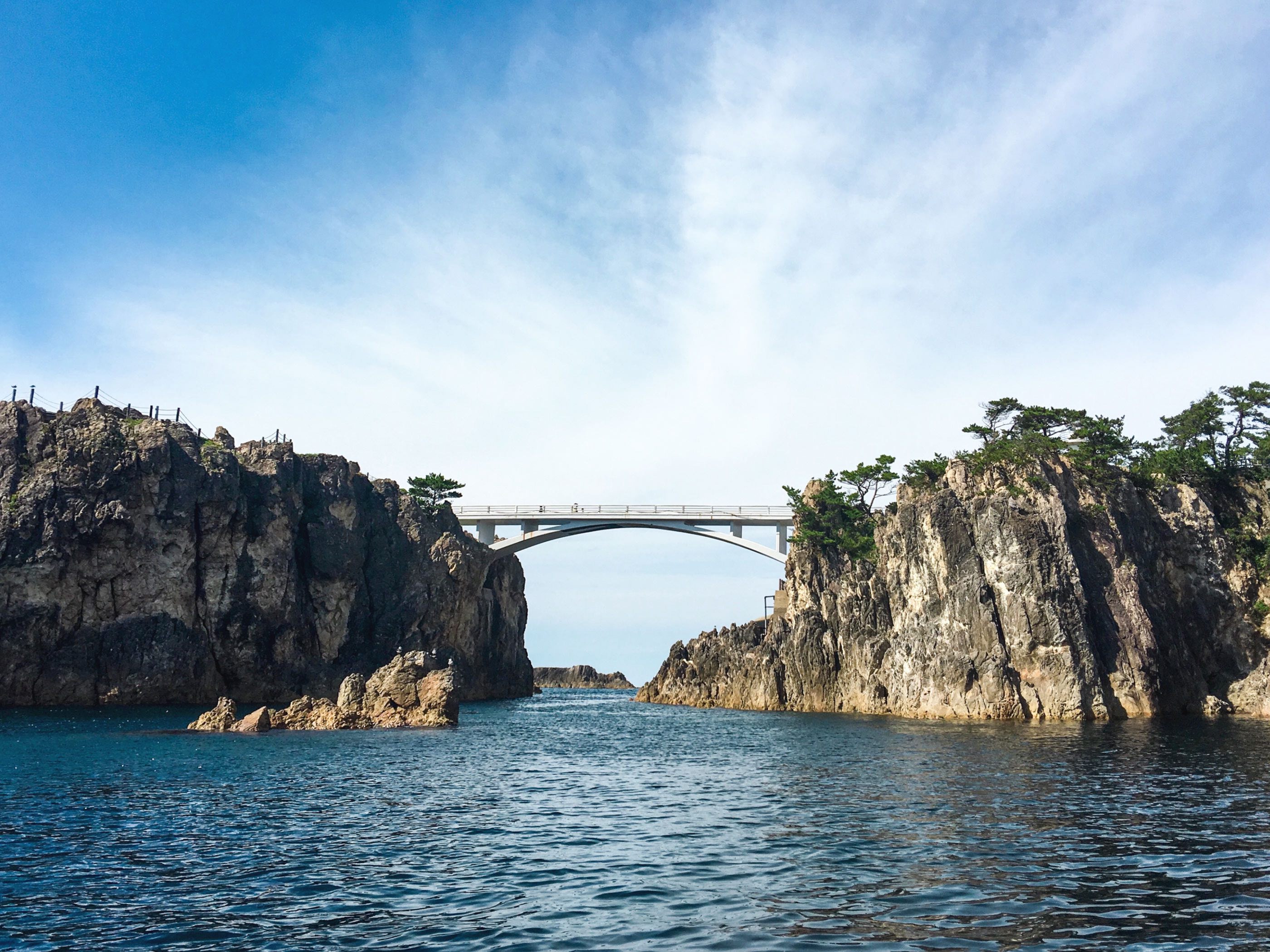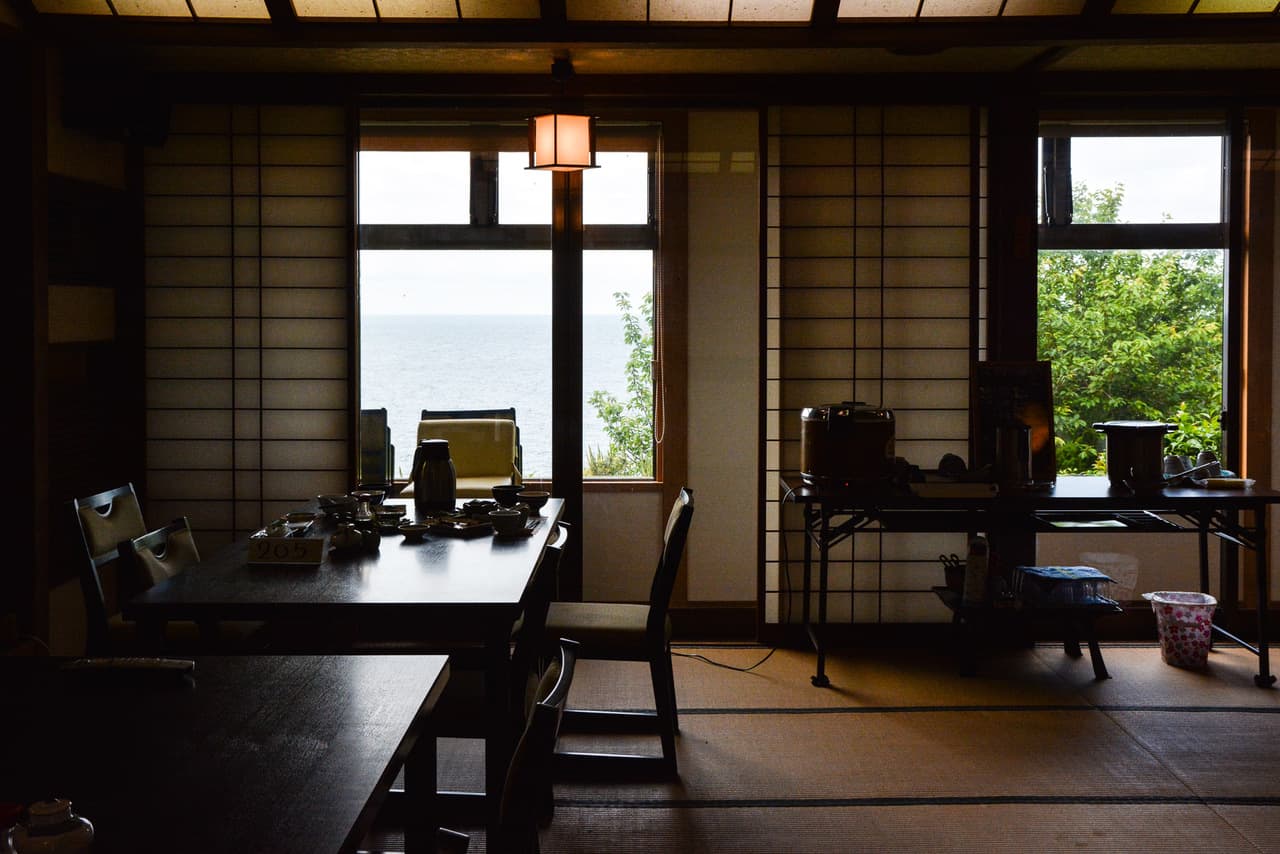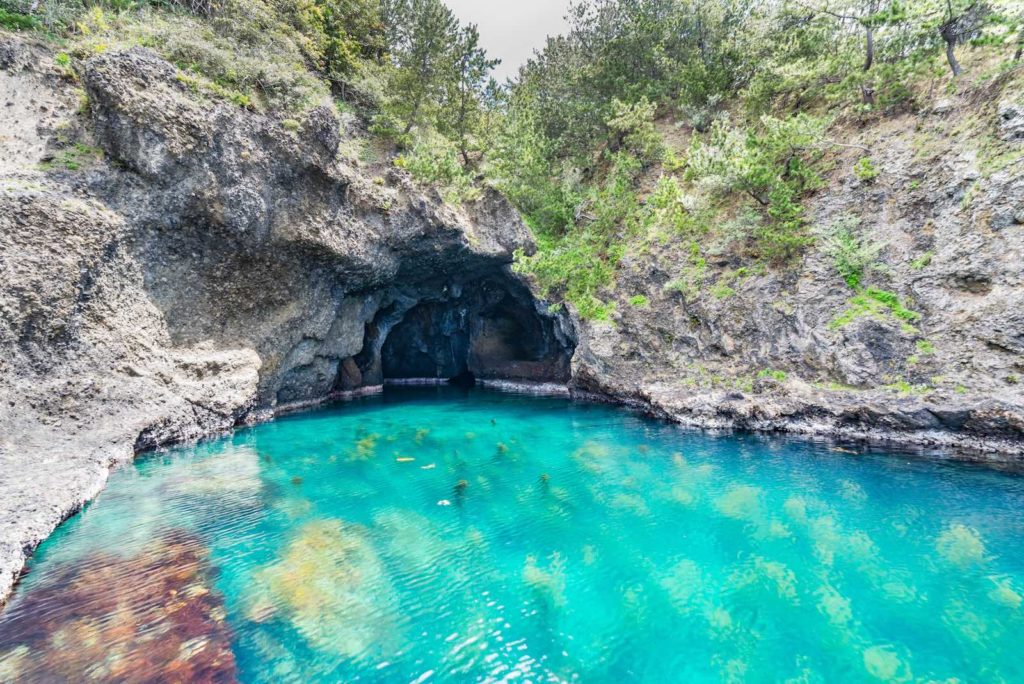Sado Island - The Silver And Gold Of Japan
Sado-ga-shima (also known as "Sado Island") is a large, S-shaped island off the coast of Niigata Prefecture. After Honshu, Hokkaido, Kyushu, Shikoku, and Okinawa, Sado is Japan's sixth biggest island. The Osado and Kosado mountain ranges, with the Kokunaka Plain wedged between them, make up Sado Island.
Author:Liam JonesReviewer:Sophia HarperJun 12, 202241.7K Shares1.4M Views
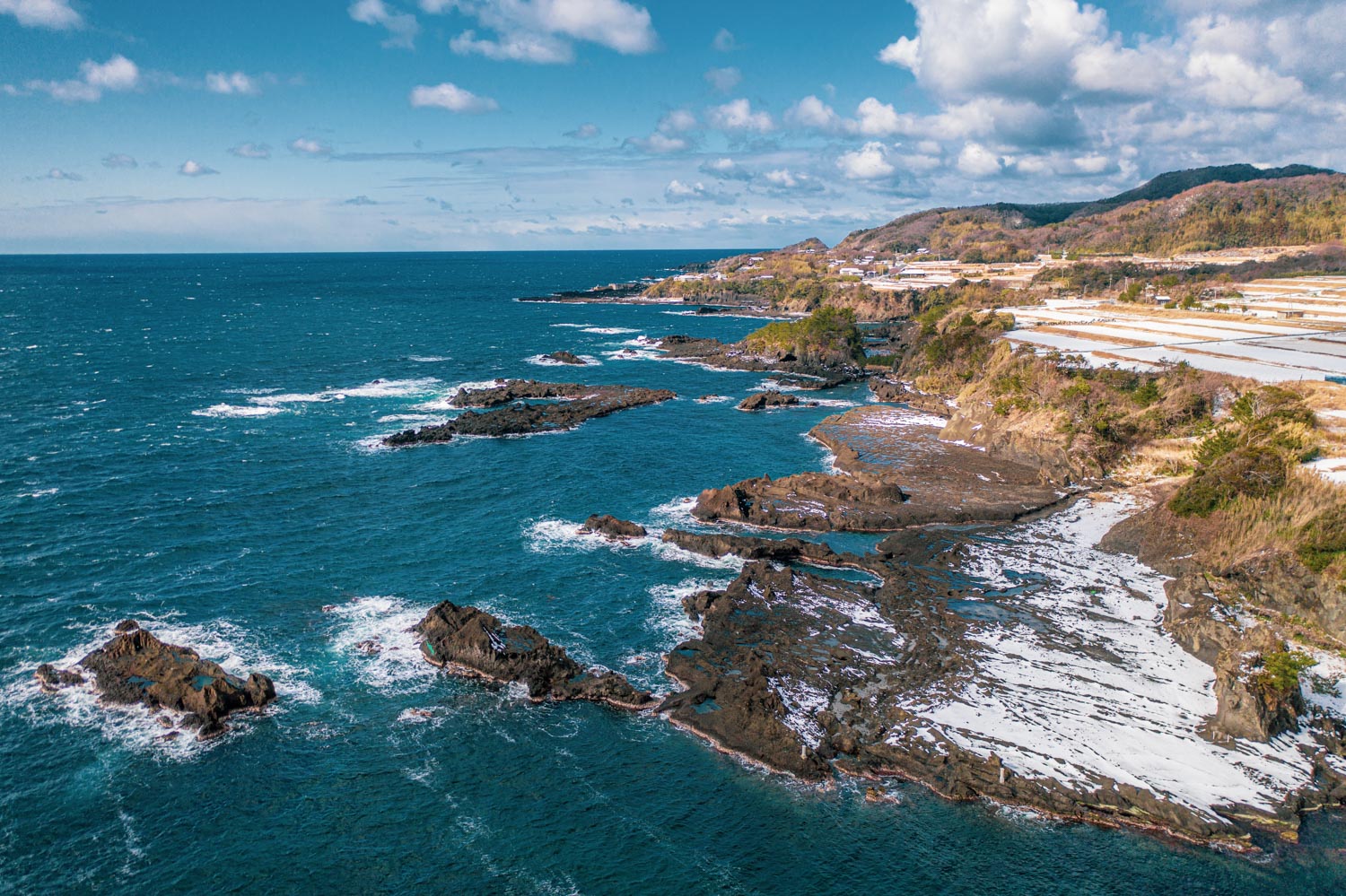
Sado-ga-shima (also known as "Sado Island") is a large, S-shaped island off the coast of Niigata Prefecture.
After Honshu, Hokkaido, Kyushu, Shikoku, and Okinawa, Sado is Japan's sixth biggest island.
The Osado and Kosado mountain ranges, with the Kokunaka Plain wedged between them, make up Sado Island.
In the past, notable personalities such as Emperor Juntoku (1197-1242), Nichiren (1222-1282), the founder of Nichiren Buddhism, and Noh teacher Zeami Motokiyo (1363-1443) were banished to Sado.
Sado Island developed and maintained its own rich cultural and religious life, which included puppet theater, okesa folk music, ondeko drumming and demon dances, and Noh drama, thanks to the inspirations these men carried with them into exile.
Sado has a comparatively moderate climate: in the winter, it is warmer than mainland Niigata Prefecture, with only about a fourth of the snowfall, while in the summer, it is cooler than the Japan Sea coast.
As a result, Sado welcomes tourists all year for skiing, snowboarding, strolling, cycling, hiking, swimming, and diving.
The annual Earth Celebration, held by the world-famous taiko ensemble the Kodo Drummers in August, is Sado's most popular event.
Sado is also notable for its gold mines, Sado Kinzan, near Aikawa, which have been mined since 1601, and contributed to the Tokugawa shogunate's financial stability.
How To Get To Sado Island
Sado Island is roughly 50 kilometers off the coast of Niigata Prefecture, and the only way to get there is via boat.
You may take the ferry from Niigata Port to Ryotsu Port on the island's east side (all year) or from Naoetsu Port to Ogi Port on the island's southern end (all year).
Ferry From Niigata To Ryotsu
- Car ferry: 2 hours 30 minutes, ¥2,600 pp + ¥17,500 for the car
- Jetfoil: 1 hour, ¥6,700 pp
- From Tokyo; take the Joetsu Shinkansen to Niigata Station (2 hrs, ¥10,500, covered by JR Pass) or the (overnight) bus (5.5 hrs, ¥3,000 – ¥6,000). From Niigata Station it is a 15 min bus ride to the ferry terminal).
Ferry From Naoetsu To Ogi
- Jetfoil: 70 min., ¥6,900 pp
- No service in winter (Nov. – Apr.)
- From Tokyo; take the Hokuriku Shinkansen to Joetsu Myoko Station (~2 hrs, ¥9,000 covered by JR Pass) and travelto a local train to Naoetsu Station (15 min, ¥340, not covered by JR Pass).
Getting Around Sado Island
Driving a (rental) automobile is the easiest and most convenient method to navigate about Sado Island.
There are no railways on the island, and bus service is sporadic and sluggish, so getting about by car is considerably more convenient.
Near the port, there are several automobile rental locations, and the major highways are in excellent shape.
Sado Gold Mine
The gold mines on the island, known as the sado kinzan in Japanese, were once the most prolific in all of Japan.
Nearly 400 kg of gold, as well as minor quantities of copper and silver, were produced by the mines.
The mines were an important source of money for the Tokugawa shogunate during the Edo Period.
The mine halted operations in 1989, however it is now available to the public for exploration.
Some courses take you into mine tunnels. The first course takes you into Edo-period tunnels, complete with life-sized animatronic miners at work.
The second route takes you through the more recent mines constructed during the Meiji Period.
Toki Forest Park
The crested ibis or toki, Sado Island's national bird, was once on the edge of extinction. Visitors may witness these uncommon birds and learn more about the attempts to expand their number at the Toki Forest Park, which also acts as a conservation park and museum.
During the Meiji Period, the bird was overhunted and its habitat was lost, thus the last few toki on the island were caught in 1981 to start a breeding program.
The initial effort failed in 2003 when the last native bird died in captivity, but the park has been able to successfully restore toki into the wild since 2008. Several hundred toki are again living in the wild once more.
Kitazawa Fuyu Senkojo
Many people like exploring Japan's depths in search of inspiration for their favorite Ghibli films.
The ruins of Kitazawa Fuyu Senkojo were used as inspiration for the Ghibli film Laputa: Castle in the Sky.
Kitazawa Fuyu Senkojo used to produce copper and was just a few minutes away by automobile from the gold mines.
The way the vegetation entangles itself around the massive structure evokes a mysterious lost castle.
During the tourist season, the remains are lighted in the evenings from 7pm to 9pm (from spring to autumn).
Anyone will feel as if they are in the midst of a fairy tale when the vivid lights are paired with the starry background.
The Tarai Bune Rides
The Tarai bune boat rides are another pastime that seems like it sprang straight out of a Studio Ghibli film.
The participants are seated on a big barrel-shaped wooden boat. You'll be able to see the surrounding turquoise ocean of Sado Island up up and personal. Near Ogi Port is the most popular location for experiencing the tarai bune boats.
Depending on the season, you may have a short boat tubing adventure for $500 between 8 a.m. and 5 p.m.
The boats are often used to collect abalone and mollusks, in addition to giving a memorable experience.
Futatsugame Beach
Futatsugame beach is located on Sado Island's northern edge and is regarded as one of Japan's top 100 sea bathing sites.
The islet off the coast is supposed to look like two turtles. Spend a day lounging in Western Japan's finest seas.
There are hiking routes that lead you up the cliffs for a beautiful view of the sea if you want a bit more adventure.
Chokokuji Rabbit Statue
Sado Island's long history may be felt across Japan. Kobo Daishi, the same monk who created the Koyasan Temple in Wakayama Prefecture, founded the Chokokuji Temple.
The temple is well-known for its peonies, but its 20-foot towering Rabbit Kannon has lately acquired fame.
The statue depicts a big white rabbit with a carved figure of Kannon, the goddess of compassion, on its breast.
It was built by the priest to celebrate the big colony of friendly domestic rabbits that assist maintain the temple's grass in good shape.
Shukunegi Fisherman Village
Although Ogi town does not see many tourists these days, we suggest dropping by this traditional hamlet and taking a short detour to Shukunegi Fisherman Village while visiting Sado Island.
Throughout the settlement, there are around 200 dwellings linked by little lanes and tunnels.
The 200-year-old buildings were previously the dwellings of the village's fisherman, who were responsible for supplying fish to the whole island.
Today, just a few residences are occupied. To lighten up the lonely environment, the inhabited residences have potted flowers and colourful fruits.
Sado History Museum
The Sado History Museum reenacts historical events from the island's indigenous mythology.
The utilization of robotics and animatronic puppets allows visitors to experience life in feudal Japan while also bringing to life some of the island's historical people.
The major displays center on Emperor Juntoku, Buddhist monk Nichiren, and Zeami, three famous exiles to Sad.
Hokusetsu Sake Brewery
Sake has a long and illustrious history in Japanese culture. The Hokusetsu Sake Brewery has been producing high-quality sake for more than a century and a half.
The sake produced by the brewery is served at Michelin-starred Nobu restaurants across the globe.
Every year, it draws a large number of celebrities to the attractive structure. There are several shelves filled with sake bottles for guests to peruse. For beer connoisseurs, the brewery is a must-see.
Visitors may participate in a free sake (tasting) tour to learn more about the brewing process and, of course, sample the renowned Japanese beverage (reservation required). A free factory tour is available from May through October.
Senkakuwan Bay
Sado Island's shoreline formations are extremely amazing to see. Senkakuwan Bay, a quasi-national park in the Aikawa region, is made up of five bays covering three kilometers.
Ageshima Fjord, the sixth bay, provides panoramic views of the region and its eroding cliffs. A saltwater aquarium containing species from coastal waters, as well as booths and a canteen, are also available.
Where To Stay On Sado Island?
On Sado Island, there are a variety of housing alternatives strewn across the island. Staying near Sado city will allow you to conveniently visit both sides of the island.
- Hotel Familio Sadoaikawa - This hotel, which is spectacularly placed on a cliff overlooking the sea, is a perfect spot to relax and watch the sunset.
- BI-CHI GUEST Property – A beach facing villa with free parking.
- Rosencat is a charming small bed & breakfast with roomy rooms and good eateries around.
Sado Island is Japan's best-kept secret, featuring ancient culture and breathtaking scenery from coast to coast.
Many people are taken aback by the breathtaking surroundings. Why don't you spend your next holiday here?
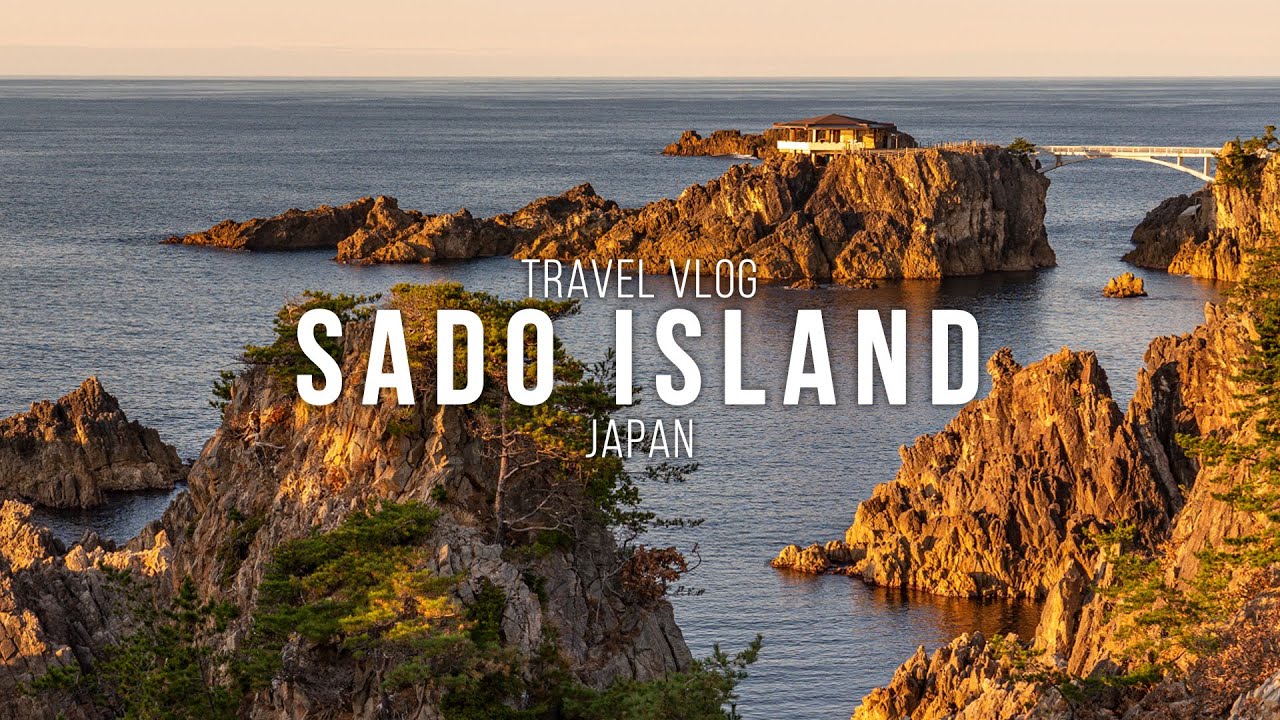
Stepping back in time to Sado Island, Japan - a weekend trip from Tokyo
People Also Ask
What Is The Sado Island Known For?
Sado Island is known for its annual Earth Celebration music event, which takes place in mid-August.
Is Sado Island Worth Visiting?
Yes, indeed! It's a really lovely area with amazing beaches, gorgeous and ancient temples and shrines, no theatrical scene, stunning scenery, and a peaceful and genuine atmosphere.
It was fantastic! Sado Island is actively vying for the status of UNESCO World Heritage Site.
Where Is The Island Of Sado?
Sado is an island in the Sea of Japan (East Sea), 32 miles (51 kilometers) west of Honshu, in western Niigata ken (prefecture), central Japan.
It looks over the Sado Strait to Niigata, the prefectural capital. It is the seventh biggest Japanese island, with 331 square miles (857 square kilometers).
Are There Any Major Lakes Near Sado Island Japan?
Lake Kamo (Japanese:, Hepburn: Kamo-ko) is a brackish lake on Sado Island, off the west coast of Honshu, Japan, in the Sea of Japan. The lake is Niigata prefecture's biggest.
How Many Days Should I Stay On Sado Island?
The excursion of our writer lasted one night and two days. I suggest spending at least two more nights if you have the time.
Allow plenty of time for your trip and snap a lot of images. Sado Island offers a diverse range of sights and activities.
Conclusion
Sado Island (, Sadogashima) is Niigata's best-kept secret, located in the Eastern Sea of Japan.
Sado Island is a lovely island with lovely beaches, abundant natural beauty, and historic temples and shrines.
The vast island's history dates back to the 8th century, when Japan acquired full control of the region.
It's easy to feel as if you've walked into another universe when exploring the island. Explore the island's gold mines and ruins to get a better understanding of the island's significance in Japan's subsequent growth.
The island's isolation made it a perfect location for relocating convicts and other undesirables from the mainland.
Sado Island developed its own unique culture and dialect as a result of the exiles, and vestiges of this blend of culture and religion may still be seen today.
Because the island is only accessible by boat, you'll want to take your time exploring it. The top 10 things to do on Sado Island are listed below.
Jump to

Liam Jones
Author
Liam Jones has made it his mission to prove that adventure doesn’t need a hefty budget. Having traveled to over 40 countries, he specializes in finding affordable ways to experience the world, from the best street food in Bangkok to hidden gems in Lisbon.
Liam’s travel tips have reached thousands of readers, empowering them to see the world on a shoestring budget without sacrificing quality. With a deep passion for local cultures, he continues to share his travel hacks, ensuring adventure remains accessible to all.

Sophia Harper
Reviewer
Sophia Harper’s photography acts as a portal to the soul of the places she visits. Drawn to South America’s landscapes and cultures, she has spent years capturing everything from the majesty of ancient ruins to the vibrancy of urban streets.
Sophia’s work isn’t just about documenting moments; it’s about evoking the emotions and stories behind them. A dedicated photographer, she has worked with local communities across South America to capture their rich cultural narratives through her lens.
Latest Articles
Popular Articles
